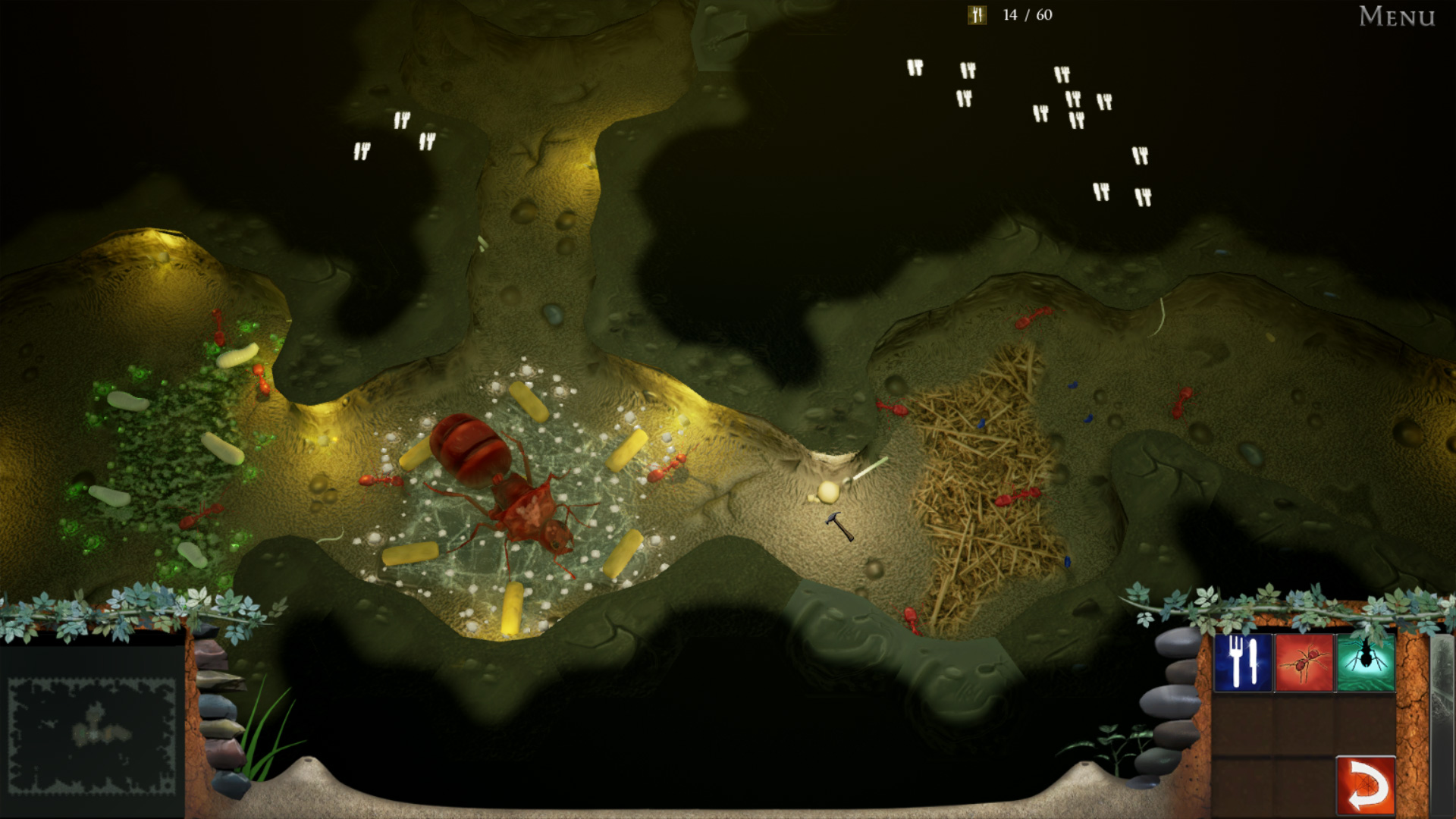
Antkeeper Chingiz Shigayev, 16, has been keeping ants and documenting species in his home of Baku, Azerbaijan, for several years. Hobbyists say collaborating with scientists is a way to take their passion to the next level.
#How to develop ants in empires of the undergrowth how to#
“Instead of beating my head on the pavement trying to solve this-while also trying to do my research-I said, Why not let the experts who know how to care for these organisms do that work for me?” says Moreau, an entomologist at Cornell University and a National Geographic Explorer. This naturally makes it difficult for them to do their research-but scientist Corrie Moreau conceived a solution. Unlike diligent hobbyists, myrmecologists-the formal name for ant scientists-often have a hard time keeping any colonies alive. Hobbyists keep a wide variety of ant species-from common pavement ants ( Tetramorium immigrans) to red harvester ants that collect seeds ( Pogonomyrmex occidentalis) to so-called “honeypot ants,” whose abdomens become so swollen with nectar that they serve as emergency food storage for the rest of the colony. The majority of antkeepers are in high school or younger, hobbyists say they’re concentrated in the United States, the European Union, Australia, and China. Now, scientists are starting to pay attention too, and taking advantage of hobbyists’ expertise. Some hobbyists are meticulously documenting rare ants' life cycles and making fascinating observations of understudied species.

Active online communities share information and debate fine points from the best ant diets to the secrets for lulling colonies into hibernation.

Cutting-edge ant homes, called formicariums, make it easier to grow large colonies and watch ants as they lay eggs and tend to their broods. In the last decade, tens of thousands of people around the world have taken up the hobby, which has come a long way from the toy ant farms of the 1950s. Nakamura, a full-time student in Riverside County, California, isn’t alone in his antkeeping obsession. Though he’s had hundreds of ant colonies over the past four years, it’s an economical hobby Nakamura usually spends no more than $10 a month for the ants’ lodging (various containers) and dining (mostly cockroaches). Right now Nakamura’s queen ants are living inside small glass test-tubes in a large plastic crate on his bedroom dresser. In the nest you can watch messages like 'there's food!' or 'here, have some of this sugar water’ as they share with each other.

“You can see them 'talking' to each other by feeling out with their antennae. “They’re like a miniature society,” Nakamura says. In a matter of months, he’ll likely have hundreds more ants to take care of, and he can’t wait. Two are rabbits, one is a cat, and all the others are freshly caught queen ants he hopes will start their own colonies.


 0 kommentar(er)
0 kommentar(er)
